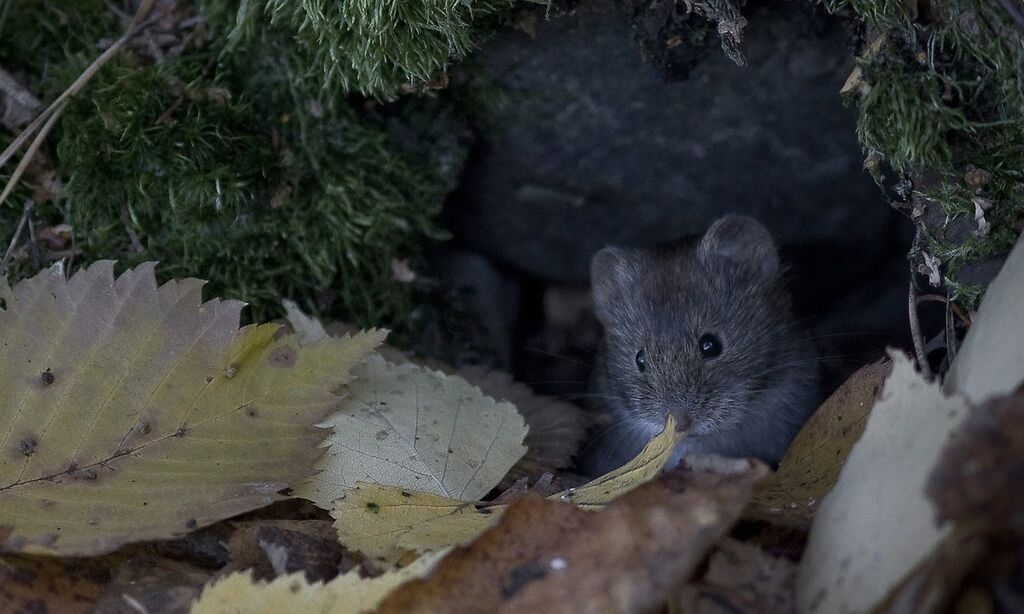How to Get Rid of Voles

More About Voles
There are a number of common voles in North America, and these include California voles, Oregon voles, montane voles, pine voles, long-tailed voles, meadow voles and prairie voles. On average, these rodents, close in size and appearance to the humble mouse, grow to about five inches long, but also found between four inches in length, and nine inches. This length does include the tail.
Voles don’t live a very long life, usually only six months tops in the wild, although they can live for a year or more, particularly with larger species. This life span gets considerably shorter when you look at the huge amount of predators the animal has. Cats and dogs are common culprits when it comes to vole attacks, but snakes, weasels, coyotes, foxes, and raccoons are all predators on land, with falcons, owls and hawks in the skies. It has been suggested that over eighty percent of all voles die in the first month of their lifespan, and humans with their kill techniques are making this number even higher.
Despite not having the longest life span, voles are promiscuous little critters, and females can have as many as ten litters in any one year, with the right environment. They’re only pregnant for a maximum of three weeks, and one couple of voles together can produce as many as 100 vole babies in twelve months. If over eighty percent of them die within the first month, that still leaves 20 vole babies that make it past that point. It also must be noted that voles do not commonly inbreed.
As well as procreating at a staggering rate, voles will also destroy a garden in almost no time at all. This usually gives most homeowners the incentive they need to learn how to get rid of voles, a process that isn’t going to be as easy as installing a single repellent device, despite what you may have read on the internet.
Voles commonly dig and burrow, and as well as causing unsightly dips and humps in your green lawn, they can also destroy structural foundations of buildings, if the problem has been left for a long time. Not only that, plants will be entirely destroyed, as well as trees, both big and small. The root systems of succulents are entirely chewed through, and out of all the scavengers, this is the one that is more likely to specifically target the plants in your garden.
They love plant life, but they will also eat meat matter too, especially if they pass the dead corpse of another animal, such as rats and mice. they also eat fruits, nuts and seeds, which means that your bird feeder isn’t safe if voles can gain access to it, and they will also chew through the beautiful plants that grow in your garden, from the bottom to the top. Bulbs are entirely destroyed right through spring, and this means that flower gardens you will have tended for a long time will not flower quite as you had intended.
Getting Rid of Voles
Now that you understand voles a little better, you have the right kind of information to help you get rid of them. One vole soon leads to a rather large vole problem, and this is definitely an infestation that you’ll want to sort out sooner rather than later.
Trapping-and-releasing methods are not viable options for voles, mostly because there will be so many of them. Also, when you release animals back into the wild again after they have been caught, you are releasing smarter animals back out there. Next time they come back, they will know what happens when they get close to the trap, and that's what leads to trap-shy rodents. This is now a very common problem for many homeowners.
Snap traps can work for smaller voles, but leaves you with the problem of what to do with the bodies. You will also find that you need a great number of traps to get the job done.
Prevention is better than cure, especially as far as wild animals are concerned. Professional wildlife experts are a good idea, especially if you know very little about the humble vole. Many people actually confuse these creatures for mice.
